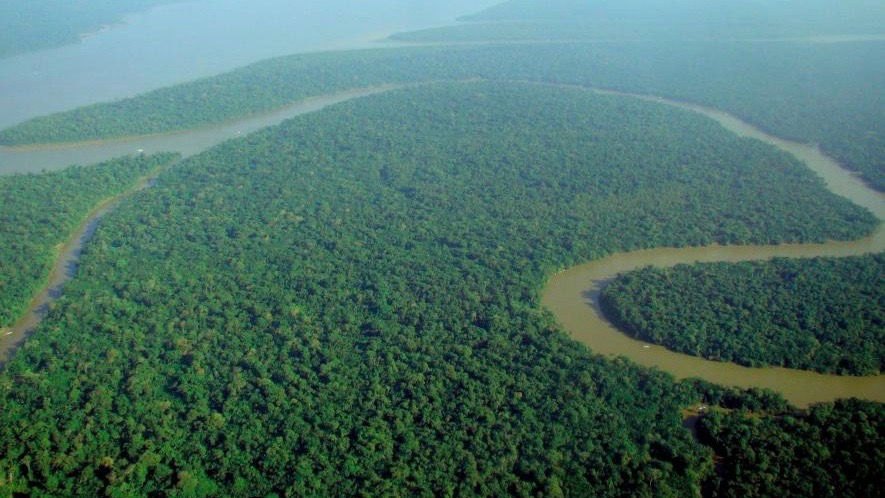Trees are primarily considered a medium for absorbing carbon dioxide from the environment, but their benefits go way beyond that. This is especially the case with tropical forests, which play a crucial role in cooling the surface of the Earth. Two-thirds of the cooling effect by the tropical forests comes from their absorption of carbon dioxide, and the rest one-third comes from the forest’s ability to create a cloud, humidify the air and also release chemicals to cool the environment, says a study recently published in the journal Frontiers in Forests and Global Change.
The study shows the important biophysical effects of a tropical forest. It also highlights the impending danger of deforestation in light of global warming due to climate change.
“For a while now, we’ve assumed that carbon dioxide alone is telling us essentially all we need to know about the forest–climate interactions. But this study confirms that tropical forests have other significant ways of plugging into the climate system,” said Bronson Griscom, a forest climate scientist based in Virginia, USA.
Scientists have long been saying that only one-third of the world’s tropical rainforests remain today, with one third already mowed down in the past while the other one-third has been degraded by logging and development. The study, notably, tells us even more about how tropical deforestation is dangerous for the climate.
Deborah Lawrence, a co-author of the latest study and an environmental scientist at the University of Virginia, said, “There’s clear evidence that the tropics are producing excellent climate benefits for the entire planet.”
The researchers analyzed the cooling capacity of tropical forests across the globe. They found that tropical forests can contribute significantly and cool Earth by as much as 1 degree Celsius with the biophysical effects contributing significantly.
Forests play a significant role in the global carbon cycle as they take up carbon dioxide from the atmosphere while they grow. Tropical forests have the capacity of storing around one-quarter of all terrestrial carbon on the planet. Thus, they have been a focus of climate policy in many countries.
Tropical trees act as giant humidifiers by pulling water from the ground and transpiring out through the leaves. This helps in cooling the surrounding areas in a significant way. Again, this transpiration helps in forming clouds. Notably, the clouds, like ice, can reflect sunlight higher into the atmosphere and, in a way, cool the surrounding. In addition, trees also release certain organic compounds like pine-scented terpenes, which again can react with other chemicals and sometimes produce a net cooling effect.
The researchers have also attempted to quantify these effects. They compared how the various effects of forests worldwide contribute to the climate system. They broke down their contributions into bands of ten degrees of latitude. Considering only the biophysical effects, the researchers found that forests on Earth can collectively cool its surface by 0.5 degrees Celsius.
Notwithstanding the critical contributions of the forests to the climate system, they are under severe pressure, especially in Latin America, Southeast Asia and Central Africa, due to human activities and climate change. In this context, a study led by Christopher Boulton of the University of Exeter, UK, reported that the Amazon, the largest rainforest in the world, is losing its capacity for resilience to extreme weather events.
“Threats to tropical rainforests are dangerous not only for the global climate but also for communities that neighbor the forests. Having a rainforest nearby can help to protect an area’s agriculture and cities from heatwaves. Every tenth of a degree matters in limiting extreme weather. And where you have forests, the extremes are minimized,” commented Lawrence.





